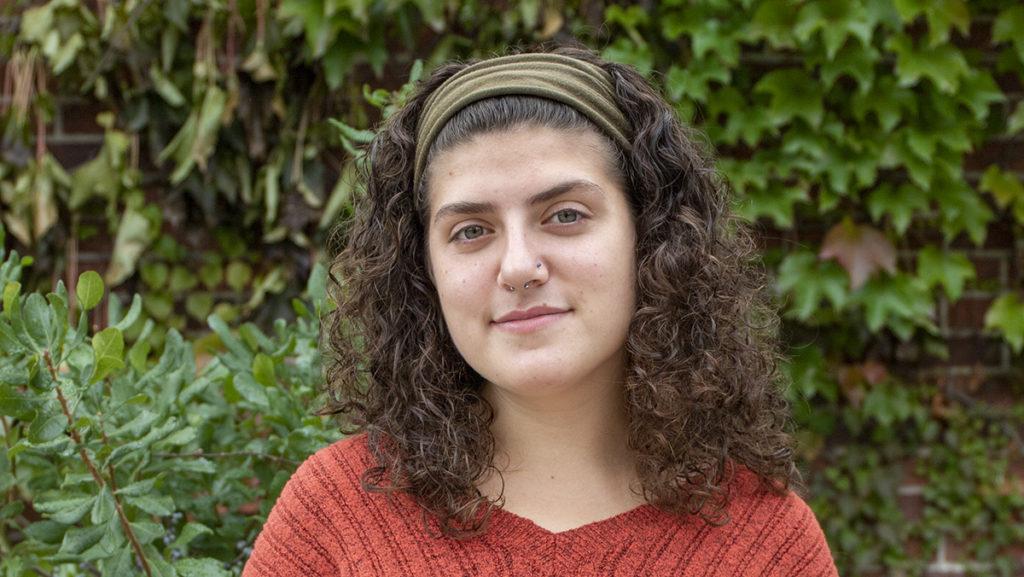Cardiovascular activity is any aerobic activity that increases your heart rate and makes you breathe heavily. For some people this may be a walk or a jog at first, but plan to start running as your heart and lungs get stronger. Cardio is a fat burning exercise which will decrease your risk for heart disease.
Strength conditioning uses weights and resistance to target certain muscle groups. It makes your bones and muscles stronger and it increases your metabolism. Just by having more muscle in your body you will burn more calories in a day. It is important to remember that you shouldn’t work the same body part two days in a row. Give yourself optimal rest time to prevent overuse injuries.
Flexibility training is any slow, sustained stretch that helps keep your muscles ready for optimal function. Stretching should be done before and after intense exercise as both a warm-up and a cool-down. Stretching warms your body up just enough that your muscles are ready for the stress of weight training or cardiovascular exercise. Stretching after exercise helps the muscles recover from the repetitive actions you just put them through. Flexibility of your muscles is imperative to injury prevention, so take your time with it! Key stretches while at the gym include:
Cross-body shoulder stretch
Arms behind your back stretch (interlace your fingers)
Calf Stretch
Holding a lunge for a hip stretch
Hamstring Stretch (touch your toes)






